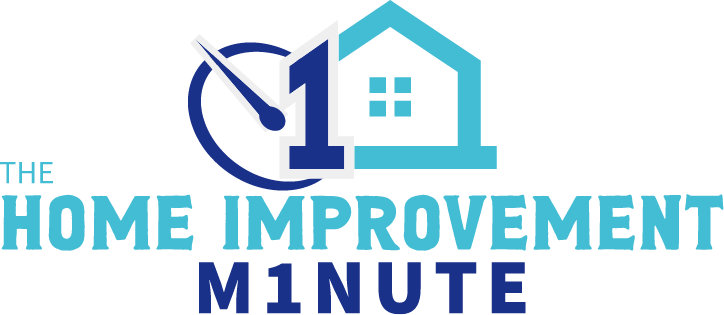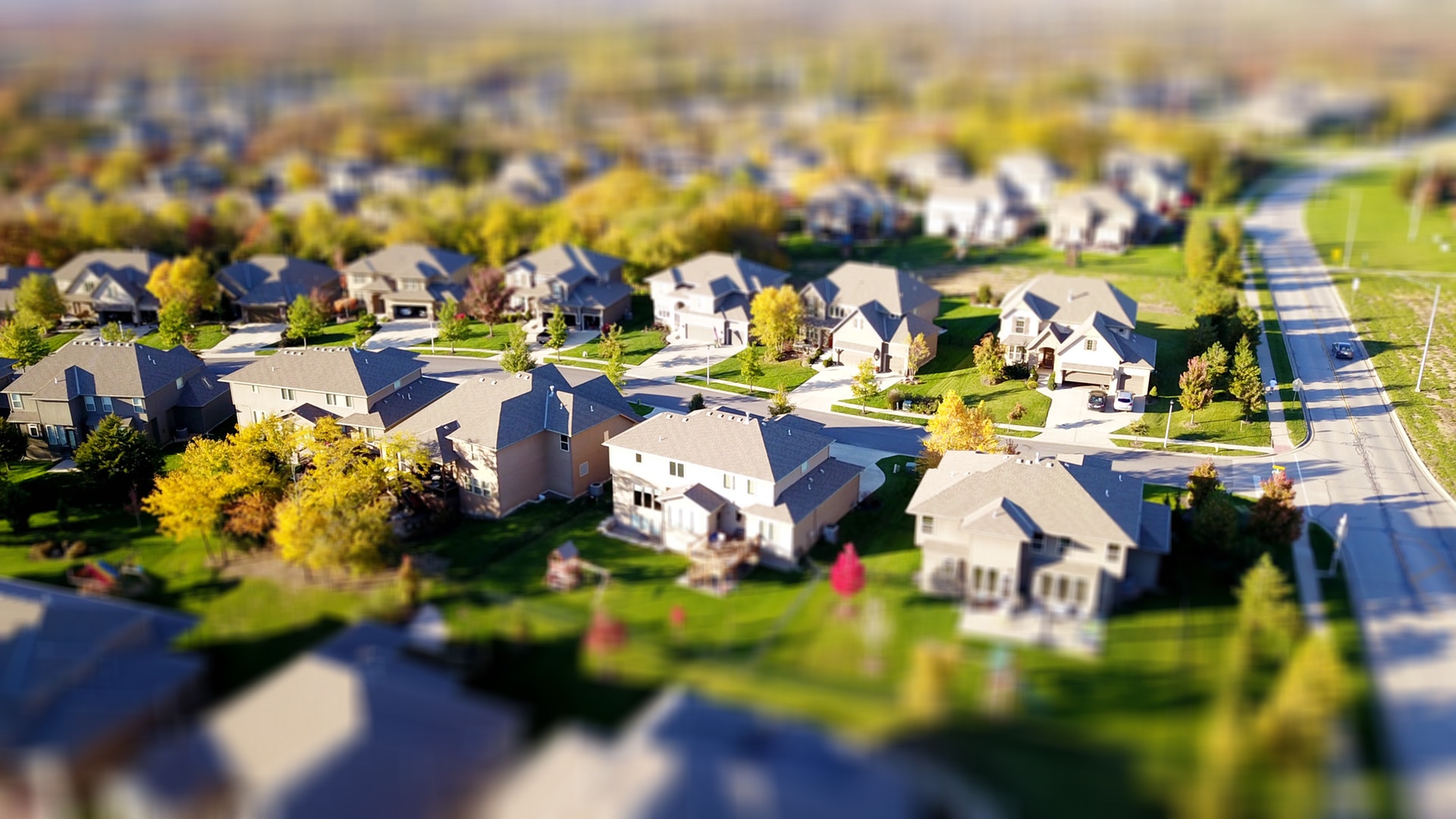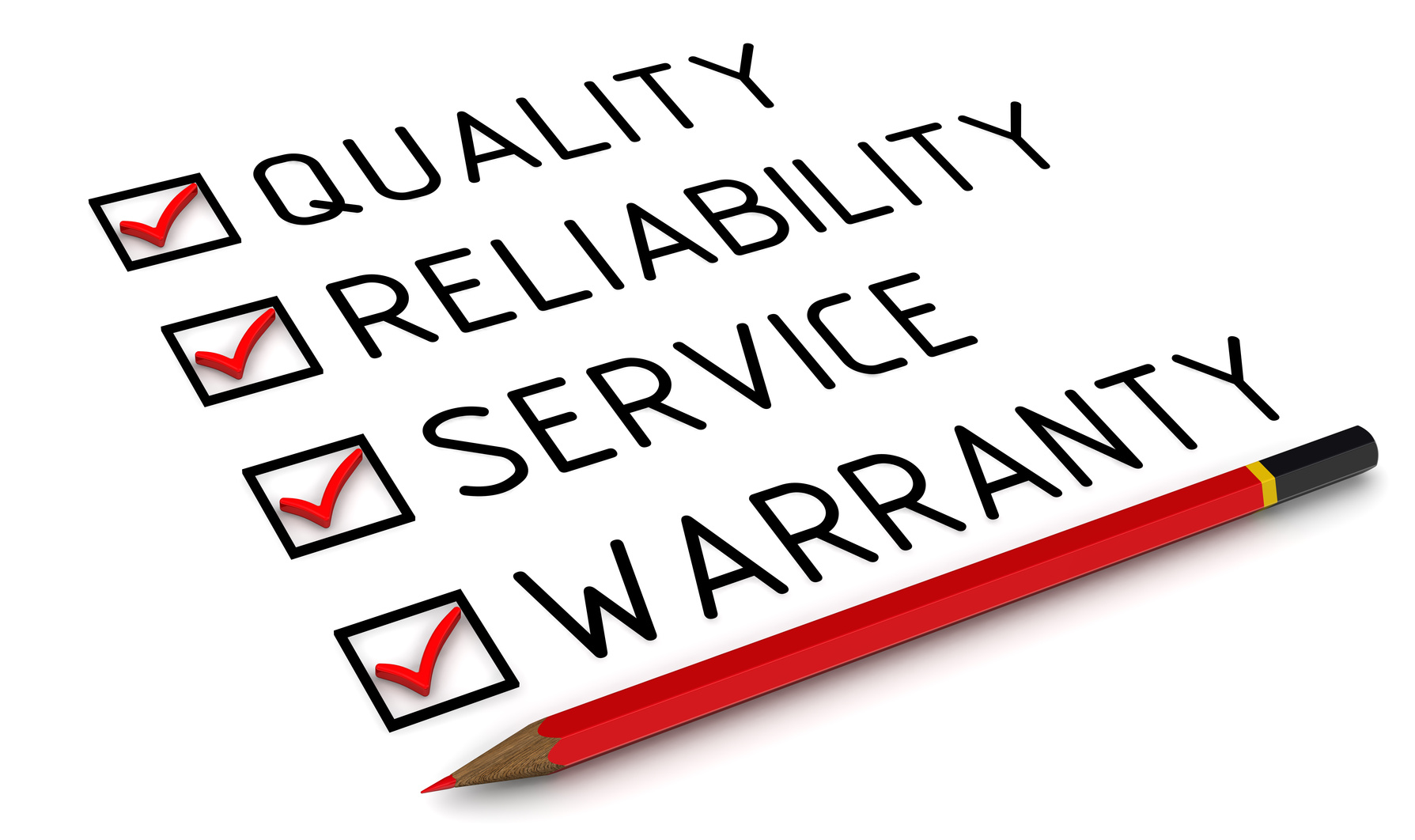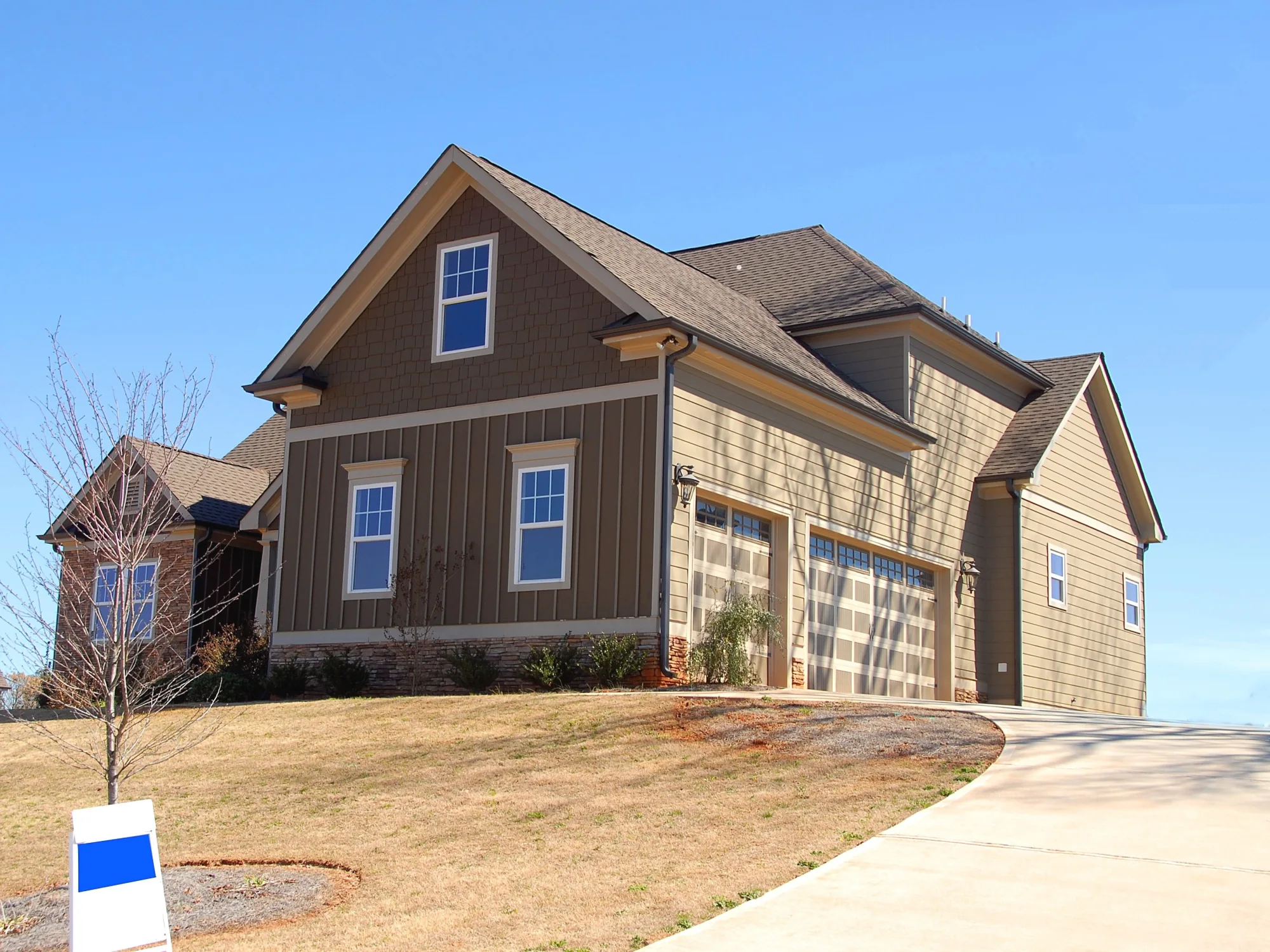By The GAF Energy Team 8/27/2020
Going solar is super easy.
But there is way too much technical solar jargon.
GAF Energy can help. Let’s go over some of the terms you may be hearing:
First, GAF Energy designs solar roofs that are sold by roofing companies near you. On a solar roof the solar is integrated into your home’s roof materials.
By contrast, most solar homes have racked solar panels. With racked solar, the panels (aka modules) are separate from and on top of your roof, with the panels attached by dozens of roof penetrations.
Besides the solar roof itself, another core piece of solar equipment is the inverter. Your solar roof needs an inverter to convert DC electricity to AC electricity for use in the home. The stronger your inverter is, the stronger your solar power connection. GAF Energy uses SolarEdge, one of the premium consumer inverters on the market.
Net metering is a policy that allows you to receive credit on your annual electric bill for the surplus electricity your solar roof produces. When your home generates more solar power than you consume, that solar goes back to the electrical grid for your neighbors to use. Meanwhile, you get a credit on your electric bill for your contribution to local clean energy. Most states have net metering, but check with your contact at GAF Energy if you’re unsure of your local policy.
Module Level Power Electronics (MLPEs) are devices that can be incorporated into your solar roof to help bolster its performance. Think of them as power optimizers. Most GAF Energy solar roofs use SolarEdge optimizers, to keep your solar power flowing strong, even on overcast days.
Insolation is a word that sounds a lot like insulation, but it’s completely different. Insolation is the amount of sunshine a given area gets. For example Phoenix, Arizona has significantly higher insolation than Fairbanks, Alaska. But solar roofs still generate good solar power in less sunny cities, sometimes significantly more than you’d think..
AHJ means Authority Having Jurisdiction. Depending on where you live, home solar might be overseen by a city or county AHJ. AHJs include building inspectors, wiring inspectors, and zoning entities. They make sure that the construction and wiring of your solar roof aligns with local codes. Sometimes it can seem complicated, but GAF Energy will guide you through every step.
TOU or Time of Use is an electricity rate plan, offered by your utility, that gives you different rates on electricity at different times of the day. Which matters, because your solar roof generates solar power during specific times of day! Often it can be great for your solar savings, but not in every case.
Most solar panels on the market today range in efficiency from 15% -17%. GAF Energy solar roofs use Solaria PowerXT 360W panels, which carry an efficiency rating of 20.5%. That means you’re getting more electricity per unit of sunshine.
When you purchase your system, there’s an opportunity to benefit from the Federal Investment Tax Credit aka the ITC. The ITC is worth 26% of a solar investment in 2020, 22% in 2021, and is scheduled to expire for all residential solar projects in 2022.
An emerging technology on the home energy scene is battery storage. Batteries are what they sound like: really big batteries installed on the wall of your garage or the side of your house that can store your solar power for nighttime consumption or back-up power in the event of a grid outage. GAF Energy’s SolarEdge inverter is battery-ready.
Electrical grid or utility grid is the network of power plants, generating stations, transformers, and powerlines that provide electricity to your community. Your local utility operates the grid, and your solar roof is connected to it. That interconnection is usually done by your local utility in the weeks after your solar roof installation.
Thin-film solar is more versatile and cheaper than conventional solar, but can be less efficient and degrades faster over time.
Solar monitoring is software that allows you to track your daily solar production from a computer or mobile device. GAF Energy offers monitoring through SolarEdge.
Photovoltaic (PV) is the most common and widespread solar technology in the world. Most of what you think of as solar is photovoltaic.
Golden Pledge limited warranty: The warranty for your GAF Energy solar roof covers the solar and the roof for 25 years, full stop. Your manufacturer’s warranty covers all power optimizers for 25 years, and your inverter for 12 years.
Property-Assessed Clean Energy (PACE) loan is a type of loan for solar and other clean energy products that is repaid through an annual assessment of your property tax bill.
Performance-based incentives (PBI) are state incentives that pay a homeowner based upon how much their solar energy system produces. PBIs are typically paid per kilowatt-hour of electricity generated.
Solar renewable energy credit (SREC): Some states have SRECs (pronounced ess-reck), a credit that is created with every unit of electricity that a solar panel system produces, and that can then be sold for additional revenue. Some states on the U.S. east coast have them, and it’s something to discuss with your contact at GAF Energy.
Zero net energy refers to homes or buildings with solar or other clean energy that produce as much energy as they consume. With net metering, on days when your system produces more solar than you consume, you will get a net metering credit on your electric bill, because your surplus solar energy will power nearby homes and buildings on the grid.








